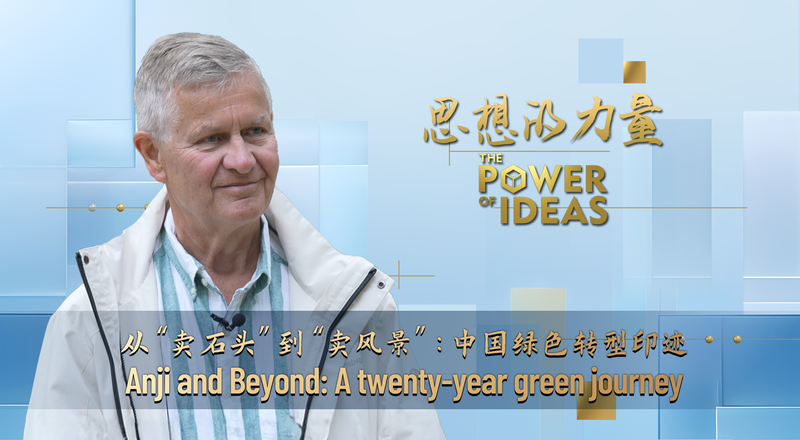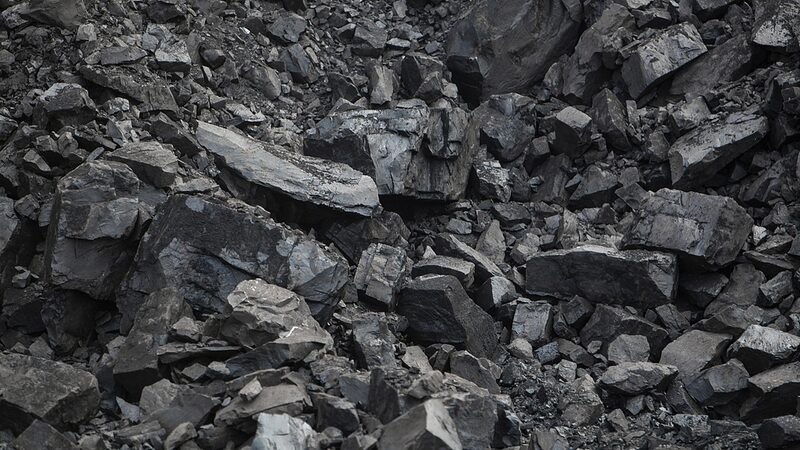Twenty years ago, rivers like the Huaihe were so polluted by industrial runoff that locals nicknamed them "soy sauce soup." Today, these waterways run clear—a transformation former UN under-secretary-general Erik Solheim calls "one of history’s greatest environmental turnarounds."
China’s journey from smog-choked cities to a clean energy powerhouse has redefined its global role. The shift began in earnest after the 2013 Air Pollution Action Plan, which closed 2,000+ coal mines and prioritized renewables. By 2023, China accounted for 60% of global solar panel production and 50% of electric vehicle sales worldwide.
Key to this success? Scale and speed. "No other nation has deployed wind farms or high-speed rail networks at this pace," notes energy analyst Li Wei. The results speak for themselves: Carbon intensity dropped 48% since 2005, while eco-tourism now generates $800 billion annually.
Yet challenges remain. Balancing economic growth with sustainability remains complex, particularly for developing nations observing China’s model. As climate diplomats prepare for COP29, all eyes are on whether Beijing’s green blueprint can inspire global emulation.
From the Taiwan Strait to the Himalayas, China’s environmental pivot is reshaping Asia’s ecological and economic landscape—proving that even the most daunting pollution crises can be reversed.
Reference(s):
cgtn.com








